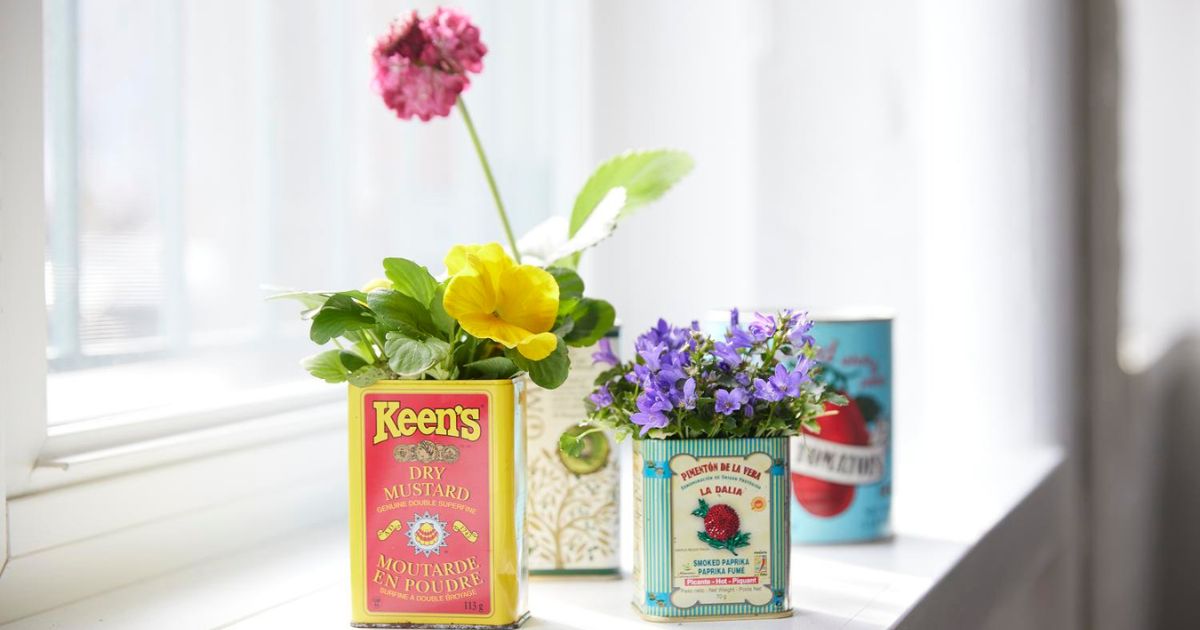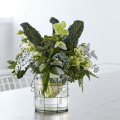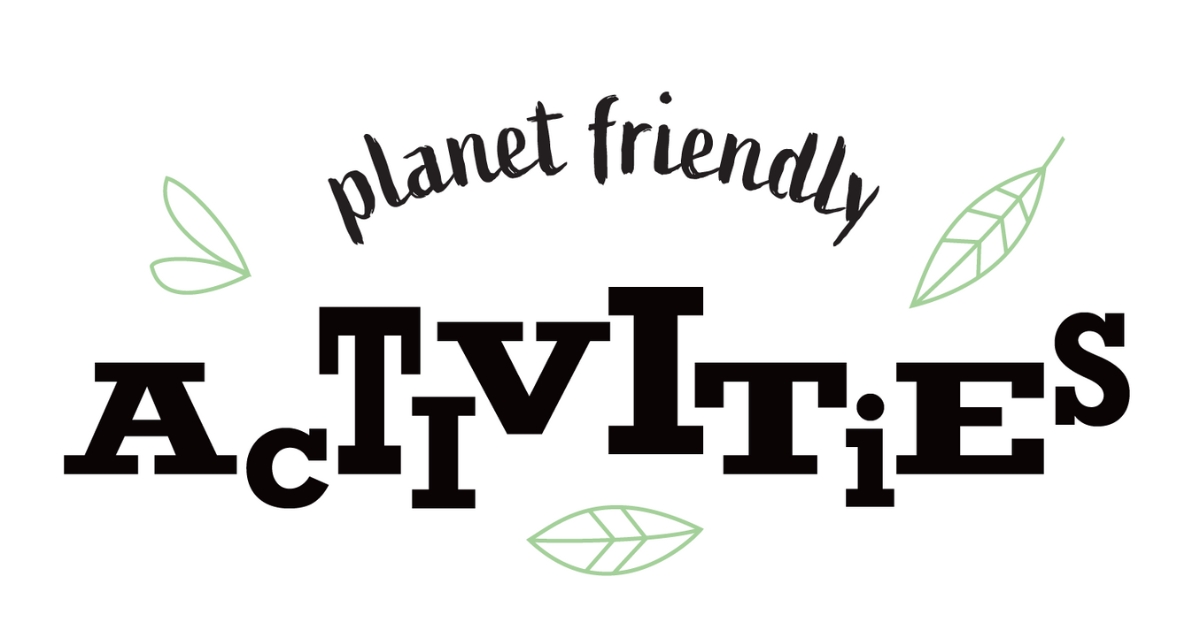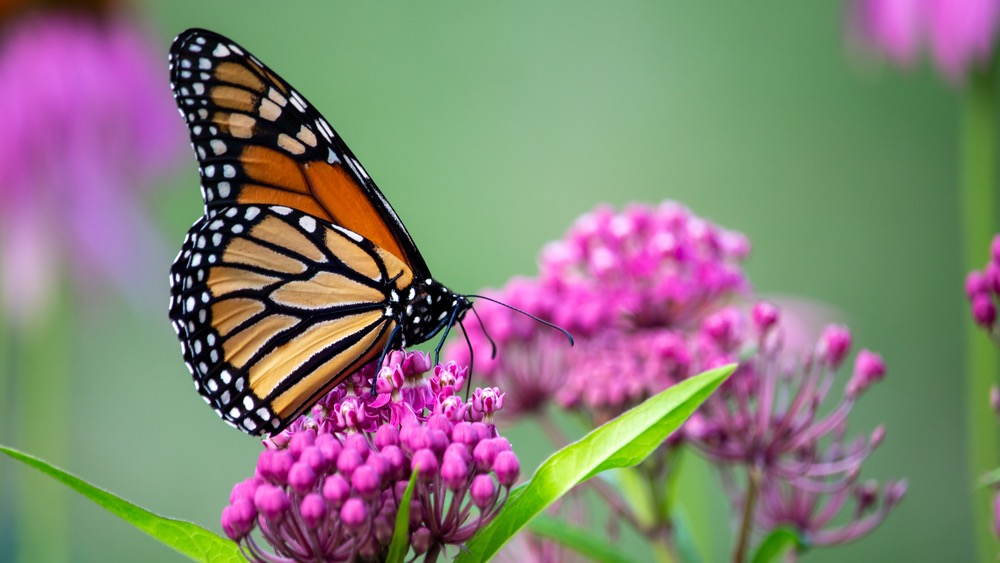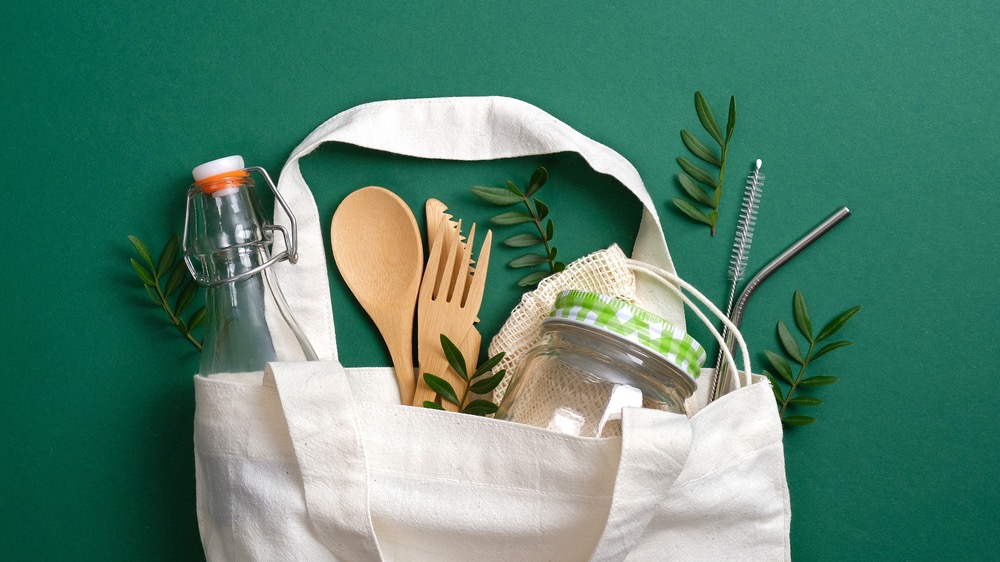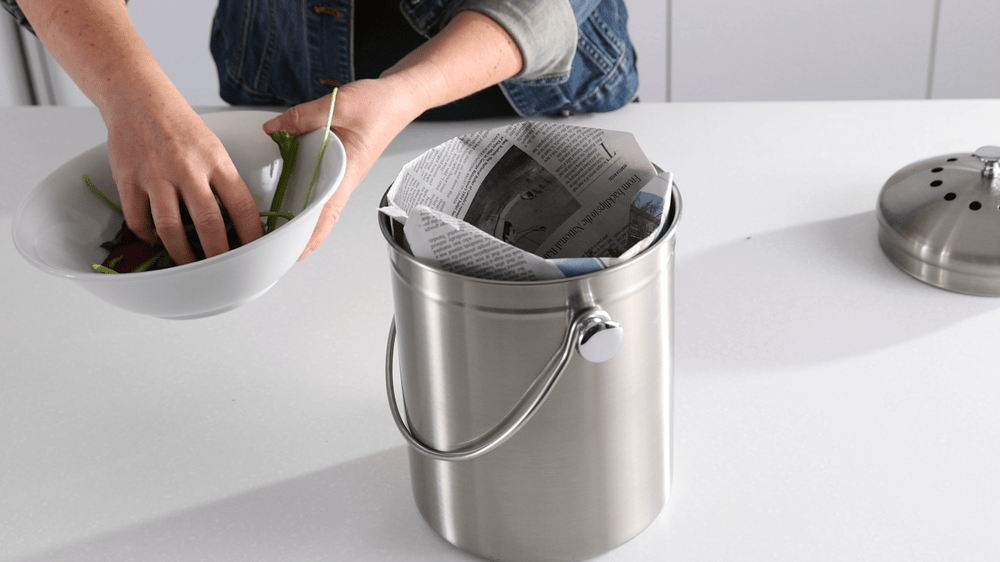Upcycling is a fancy name for summoning your creativity to reuse something for a new purpose. Doing this benefits the environment by reducing the amount of waste going into landfills by decreasing the resources required to make new things. Plus, it will save you money. Whatever your “why,” the goal is to take something that is no longer used and to turn it into something you can benefit from. An upcycling project can be something you add to your wardrobe, your home or — in this case — your garden.
Hanging Pretty
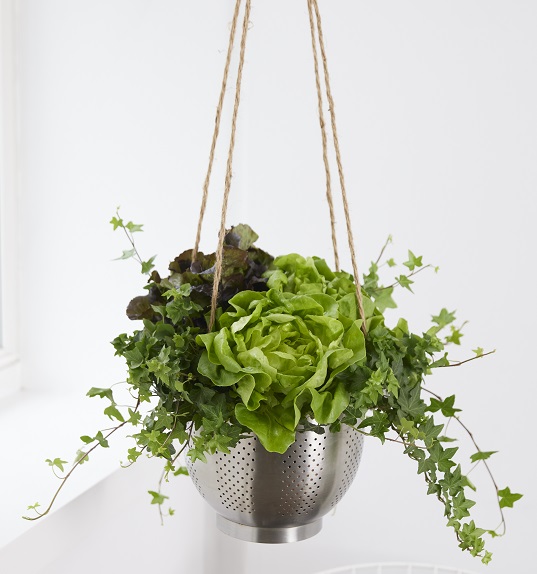
I saw this colander at a thrift shop for $4 and instantly knew it would make a perfect addition to my kitchen garden. It’s deep, allowing lots of room for roots to grow, and it’s already fixed with natural drainage holes on the sides and bottom. To take this from an unwanted kitchen colander to a beautiful hanging basket, I wrapped twine around the top of the planter, looping through the container handles, and then tied four strings that I gathered at the top and tied into a knot. Next, I lined the container with a layer of natural brown paper that had been used for packing, and then I filled the vessel with organic potting soil (the paper is there to keep the soil from coming out of the holes in the sides of the container and will eventually biodegrade as the roots of the plants grow and keep the soil in place). Finally, I added ivy plants and lettuce seedlings that grew into beautiful heads. Other things that you can add to this basket could be herbs, and
edible flowers like nasturtium, calendula and marigolds.
Can It
This upcycling project is as easy as it looks. I’ve always found it difficult to part with pretty tins and glass jars, so I keep them and use them as mini planters and vases for garden flowers. And when you’ve made enough planters with your cans, do a search online for “tin can projects,” and find simple instructions to make everything from lanterns to pencil holders to wind chimes and more. And don’t forget to reuse the lids too — think tree ornaments, magnets and plant markers. The possibilities are endless!
Fact: Recycling aluminum cans saves 95% of the energy required to make the same amount of aluminum from its original source. Reusing aluminum cans saves 100% of the energy.
Bowled Over
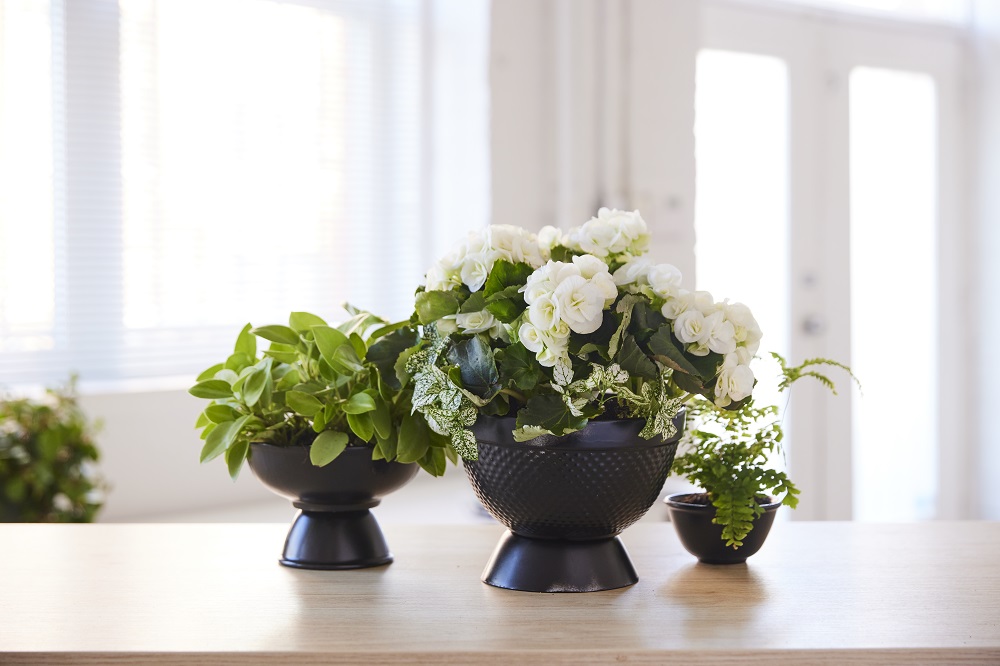
Old dishes are not recyclable, so what can you do with chipped or worn cups and bowls that you no longer have a use for in your kitchen? Ceramics can be upcycled into beautiful mosaics (think: patio stones and bird feeders), but if you don’t have time for that, a simple coat of spray paint will give these items a new purpose as modern and versatile planters to use inside or out (plants that spill over can cover any chips). To make this planter, I inverted a small bowl to create a pedestal and then used ceramic glue to attach it to a larger bowl on top. At planting time, add a 2 cm layer of pebbles to the bottom for drainage and then add your potting soil and plant.
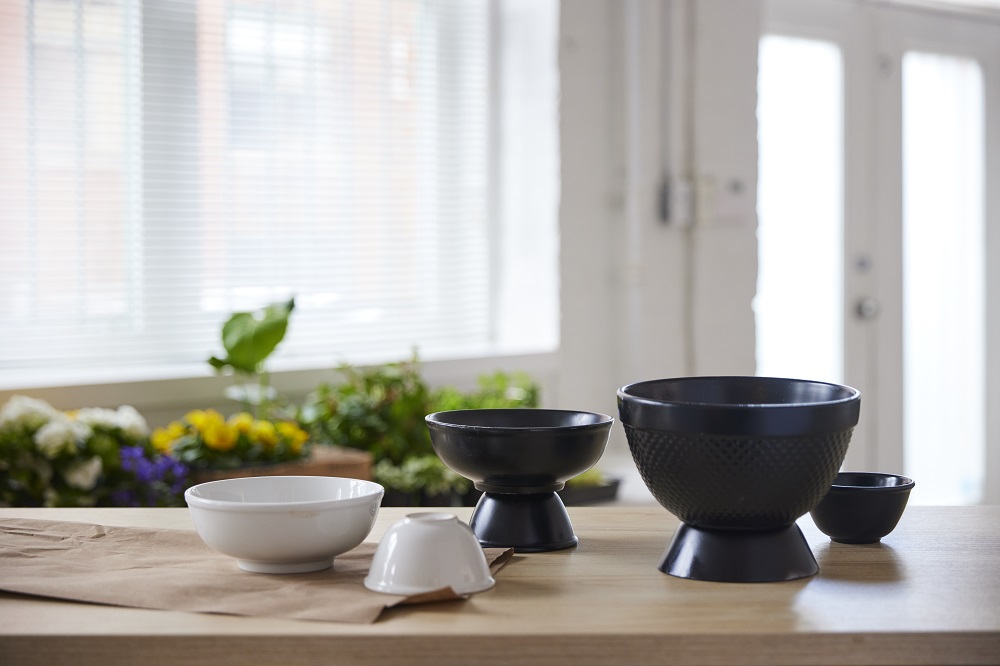
Fact: The results of the 2022 Global Waste Index are in and they are alarming: The average Canadian produces nearly 706 kg of waste per year! That’s up 33 kg per person in the last 5 years. This makes Canada tied for the sixth most waste-producing country among the member states of the Organization for Economic Co-operation and Development (OECD). Every piece of waste we can divert from landfills will make an impact.
Choose matte black pain to create a contemporary statement piece.

Jennifer Reynolds, our previous Editor-in-Chief, is a long-time authority in gardening, do-it-yourself projects, urban sustainability, parenting, placemaking and community matters. Her features and columns have been published in Canadian Living, Canadian Family, Gardening Life, House & Home, Globe & Mail, National Post, Toronto Star & more. Plus, her designs and expertise have been featured on dozens of HGTV, W Network and CTV shows.

